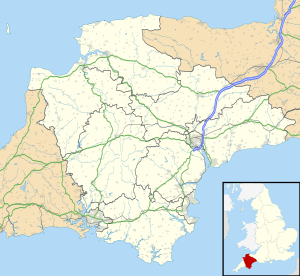Western King's Redoubt facts for kids
The Western King's Redoubt is an old fort in Plymouth, England. It was built in the 1700s and 1800s to protect the coast. This fort was part of a big plan called the Palmerston Forts. These forts were named after the prime minister who supported building them. Its main job was to guard the sea entrance to the Hamoaze. It also protected the important Royal Naval Dockyard at Devonport.
Contents
How the Fort Began
In 1779, two small forts were built in Plymouth Sound. They were called Western and Eastern King's Redoubts. A "redoubt" is a small, enclosed fort. The Western Redoubt had twelve large cannons. These were called 18-pounder cannons.
In 1861, a new part of the fort was built. It held nine more cannons. The older redoubt behind it had seven guns. By 1893, the fort had nine powerful guns. These were called 64 Pounder Rifled Muzzle Loading Guns.
Upgrades and New Guns
The fort was changed again in 1897. A new section was built for seven Quick Firing (QF) guns. These were 12 Pounder QF guns. "Quick Firing" means they could shoot faster. By 1918, only four of these guns remained.
Protecting the Coast in World War II
During World War II, the fort was updated again. In 1941, two special spots were made. They held twin 6 pounder Quick Firing guns. These guns were used to stop enemy Motor Torpedo Boats (MTBs). MTBs were small, fast boats. The fort kept these guns until 1956. That is when coast artillery was no longer needed.
Visiting the Fort Today
Today, you can visit the Western King's Redoubt. The spots where the 12 Pounder Quick Firing guns were are still there. The places for the twin 6 Pounder guns are partly filled in. But their overhead covers are still there. These covers protected the guns from air attacks.
Images for kids




